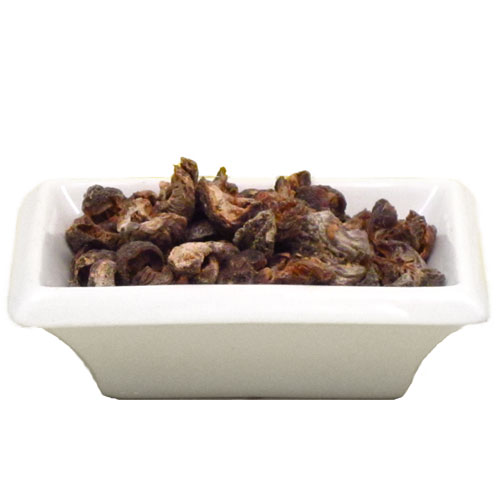
AmlaBotanical name: (Emblica officinalis)Also Known As: Amla, amala, aamla, Indian gooseberry, amritphala (the fruit of heaven, nectar of heaven) or amalaki. Ayurveda's most popular fruit is also one of its most effective. Literally every part of the Amla tree is used in Ayurveda. Dried fruit is sour and astringent. Flowers are cooling and aperients. Bark is astringent. The herb is also aphrodisiac, hemostatic, nutritive tonic, rejuvenator. Amla increases red blood cell count. It is one of t...
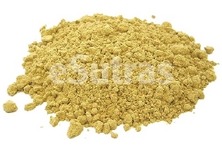
AmlaBotanical name: (Emblica officinalis)Also Known As: Amla, amala, aamla, Indian gooseberry, amritphala (the fruit of heaven, nectar of heaven) or amalaki. Ayurveda's most popular fruit is also one of its most effective. Literally every part of the Amla tree is used in Ayurveda. Dried fruit is sour and astringent. Flowers are cooling and aperients. Bark is astringent. The herb is also aphrodisiac, hemostatic, nutritive tonic, rejuvenator. Amla increases red blood cell count. It is one of t...
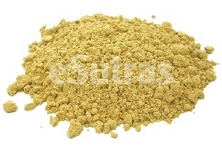
AmlaBotanical name: (Emblica officinalis)Also Known As: Amla, amala, aamla, Indian gooseberry, amritphala (the fruit of heaven, nectar of heaven) or amalaki. Ayurveda's most popular fruit is also one of its most effective. Literally every part of the Amla tree is used in Ayurveda. Dried fruit is sour and astringent. Flowers are cooling and aperients. Bark is astringent. The herb is also aphrodisiac, hemostatic, nutritive tonic, rejuvenator. Amla increases red blood cell count. It is one of t...

Botanical name: (Pimpinella anisum)Also known as: AniseedAnise is a flowering plant in the family Apiaceae native to the eastern Mediterranean region and Southwest Asia. Its flavor resembles that of liquorice, fennel, and tarragon.Western cuisines have long used anise as a moderately popular herb to flavor some dishes, drinks, and candies for its licorice—like flavor. The most powerful flavor component of the essential oil of anise, anethole, is found in both anise and an unrelated spice c...

Botanical name: (Pimpinella anisum)Also known as: AniseedAnise is a flowering plant in the family Apiaceae native to the eastern Mediterranean region and Southwest Asia. Its flavor resembles that of liquorice, fennel, and tarragon.Western cuisines have long used anise as a moderately popular herb to flavor some dishes, drinks, and candies for its licorice—like flavor. The most powerful flavor component of the essential oil of anise, anethole, is found in both anise and an unrelated spice c...
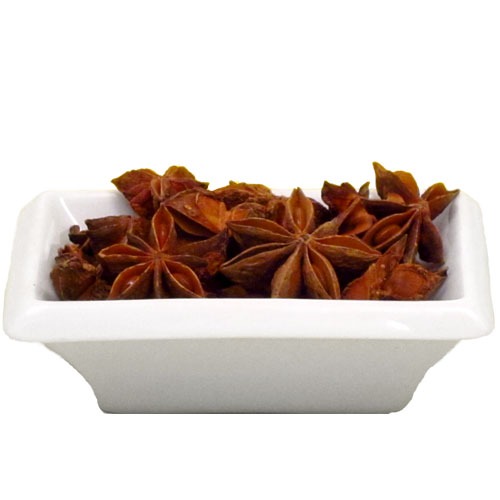
Anise Star PodsBotanical name: (Illicium verum)Also Known As: Anise Star, star anise, anysun, or Chinese star aniseAnise has long been cultivated in Egypt and was known to ancient Greeks, Romans and Arabs, who named the plant anysun. It is one of the oldest known spice plants used both for culinary and medicinal purposes since ancient times. Since Antiquity it has been used as a flavoring spice in recipes and as a diuretic, to treat digestive problems and to relieve toothache.Anise seeds are kno...
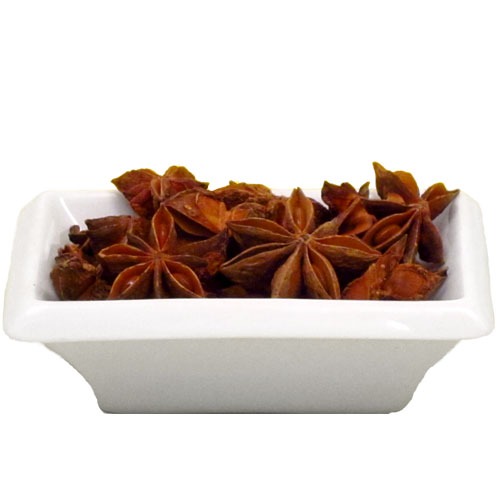
Anise Star PodsBotanical name: (Illicium verum)Also Known As: Anise Star, star anise, anysun, or Chinese star aniseAnise has long been cultivated in Egypt and was known to ancient Greeks, Romans and Arabs, who named the plant anysun. It is one of the oldest known spice plants used both for culinary and medicinal purposes since ancient times. Since Antiquity it has been used as a flavoring spice in recipes and as a diuretic, to treat digestive problems and to relieve toothache.Anise seeds are kno...
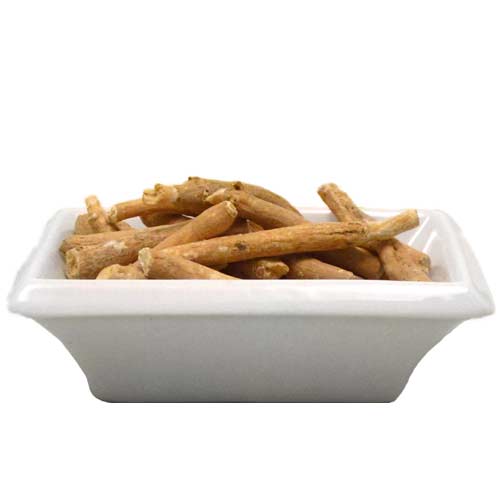
Ashwagandha RootBotanical Name ? Withania somniferaAlso Known As ? Indian ginseng, Winter CherryAshwagandha is considered the most important adaptogens in ayurvedic system of medicine. Typically found and cultivated in India, Ashwagandha has been traditionally used to treat various symptoms and conditions. In Ayurveda, the berries and leaves are applied to tumors and tubercular glands, carbuncles and ulcers.Ashwagandha is a member of the nightshade family, although unlike other Nightshades, Ashw...

Ashwagandha RootBotanical Name ? Withania somniferaAlso Known As ? Indian ginseng, Winter CherryAshwagandha is considered the most important adaptogens in ayurvedic system of medicine. Typically found and cultivated in India, Ashwagandha has been traditionally used to treat various symptoms and conditions. In Ayurveda, the berries and leaves are applied to tumors and tubercular glands, carbuncles and ulcers.Ashwagandha is a member of the nightshade family, although unlike other Nightshades, Ashw...
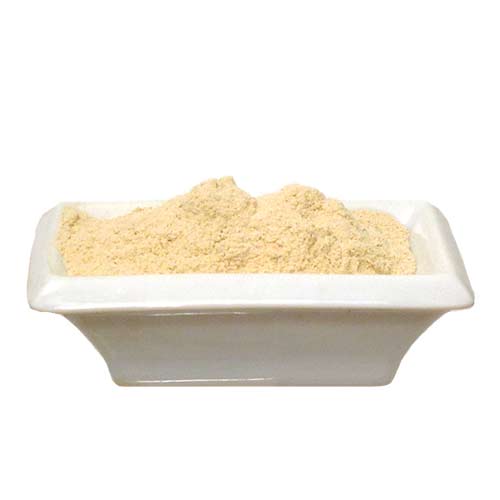
Ashwagandha Root PowderBotanical Name ? Withania somniferaAlso Known As ? Indian ginseng, Winter CherryAshwagandha is considered the most important adaptogens in ayurvedic system of medicine. Typically found and cultivated in India, Ashwagandha has been traditionally used to treat various symptoms and conditions. In Ayurveda, the berries and leaves are applied to tumors and tubercular glands, carbuncles and ulcers.Ashwagandha is a member of the nightshade family, although unlike other Nightshade...
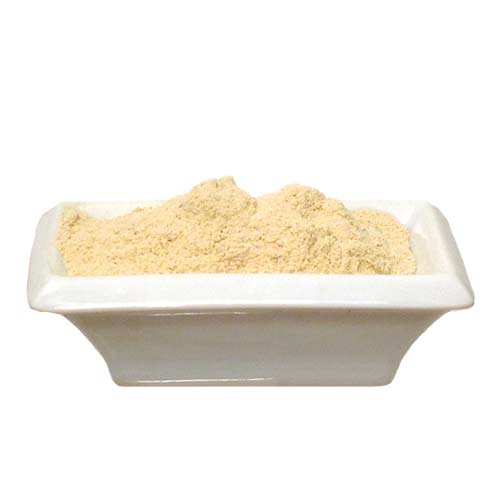
Ashwagandha Root PowderBotanical Name ? Withania somniferaAlso Known As ? Indian ginseng, Winter CherryAshwagandha is considered the most important adaptogens in ayurvedic system of medicine. Typically found and cultivated in India, Ashwagandha has been traditionally used to treat various symptoms and conditions. In Ayurveda, the berries and leaves are applied to tumors and tubercular glands, carbuncles and ulcers.Ashwagandha is a member of the nightshade family, although unlike other Nightshade...

AstragalusBotanical name: (Astragalus propinquus, Astragalus membranaceus)Also Known As: Milk vetch, locoweed, goat?s thorn, huang qi, ogi, and hwanggiAstragalus is the chief energy tonic of traditional Asian medicine. A graceful, flowing plant with long stems bearing paired, pointed leaves and purple flowers, the astragalus is harvested for its roots that are white when dug out of the ground but become yellow as they are dried.Traditional Chinese medicine prescribes astragalus for maladies rela...

AstragalusBotanical name: (Astragalus propinquus, Astragalus membranaceus)Also Known As: Milk vetch, locoweed, goat?s thorn, huang qi, ogi, and hwanggiAstragalus is the chief energy tonic of traditional Asian medicine. A graceful, flowing plant with long stems bearing paired, pointed leaves and purple flowers, the astragalus is harvested for its roots that are white when dug out of the ground but become yellow as they are dried.Traditional Chinese medicine prescribes astragalus for maladies rela...

AstragalusBotanical name: (Astragalus propinquus, Astragalus membranaceus)Also Known As: Milk vetch, locoweed, goat?s thorn, huang qi, ogi, and hwanggiAstragalus is the chief energy tonic of traditional Asian medicine. A graceful, flowing plant with long stems bearing paired, pointed leaves and purple flowers, the astragalus is harvested for its roots that are white when dug out of the ground but become yellow as they are dried.Traditional Chinese medicine prescribes astragalus for maladies rela...

AstragalusBotanical name: (Astragalus propinquus, Astragalus membranaceus)Also Known As: Milk vetch, locoweed, goat?s thorn, huang qi, ogi, and hwanggiAstragalus is the chief energy tonic of traditional Asian medicine. A graceful, flowing plant with long stems bearing paired, pointed leaves and purple flowers, the astragalus is harvested for its roots that are white when dug out of the ground but become yellow as they are dried.Traditional Chinese medicine prescribes astragalus for maladies rela...